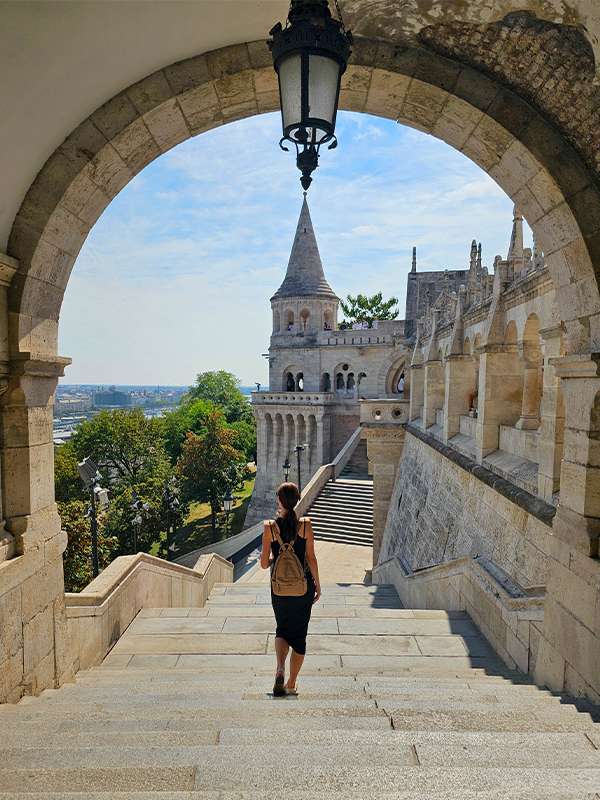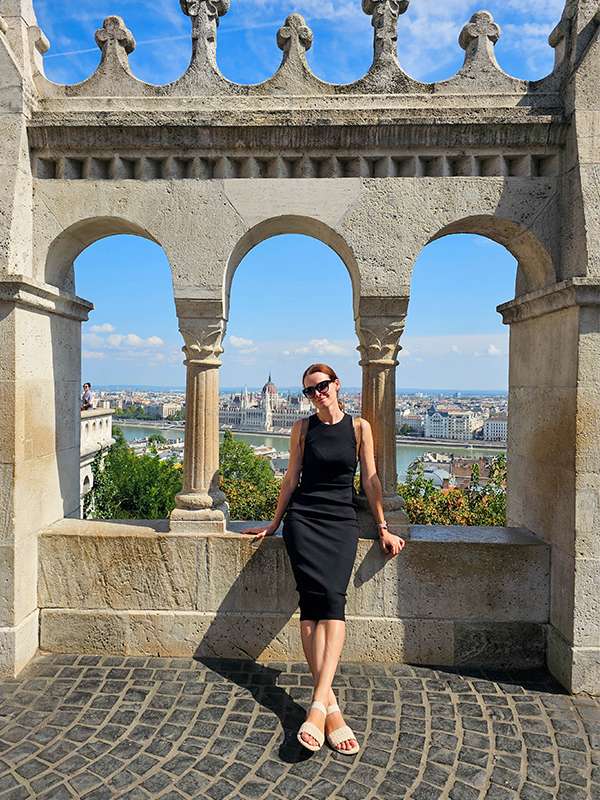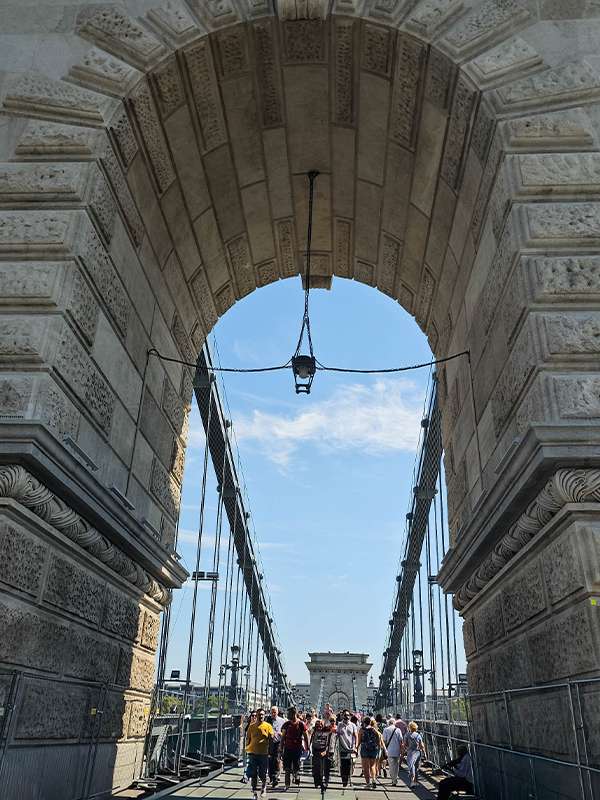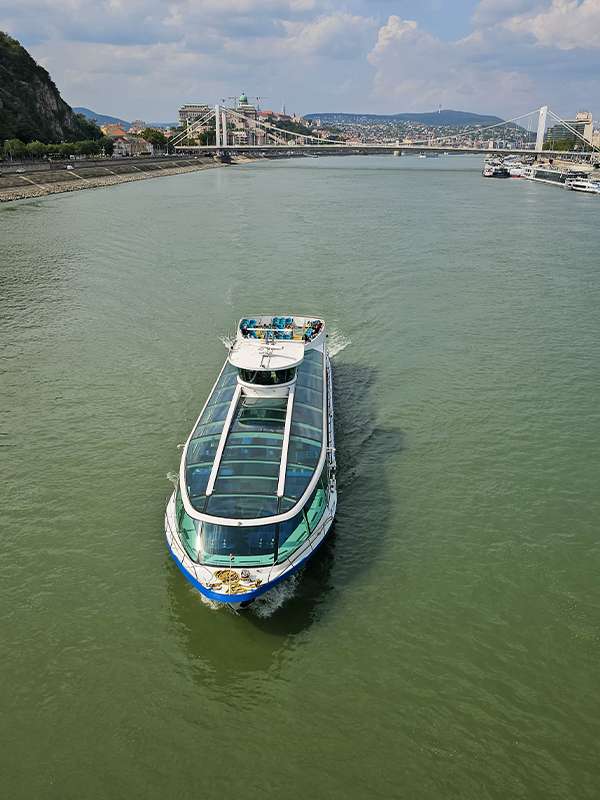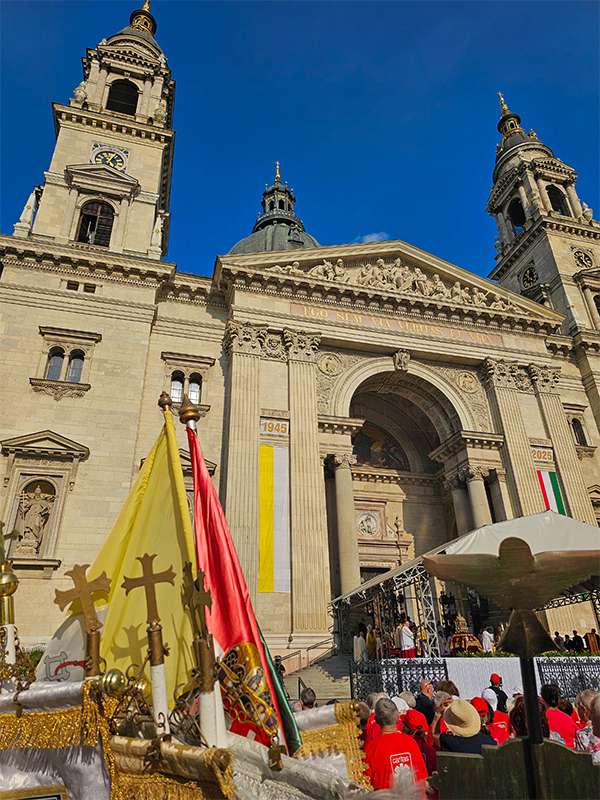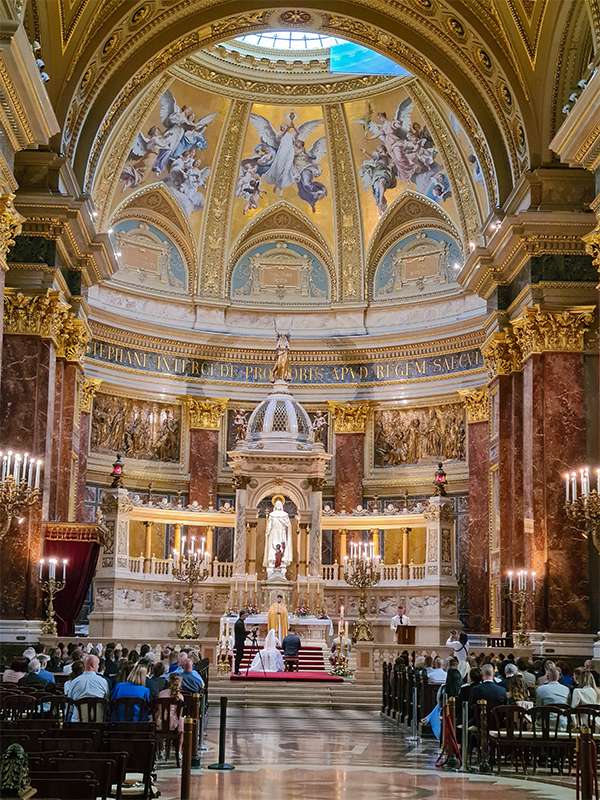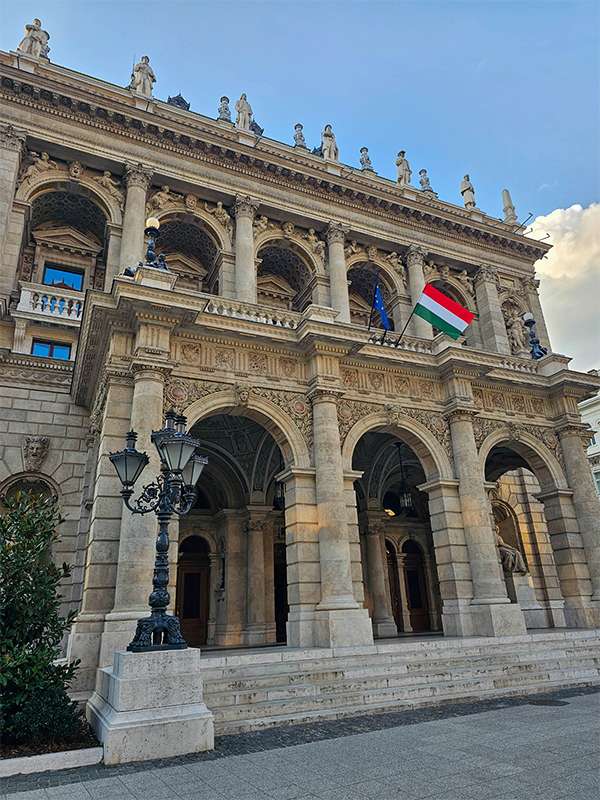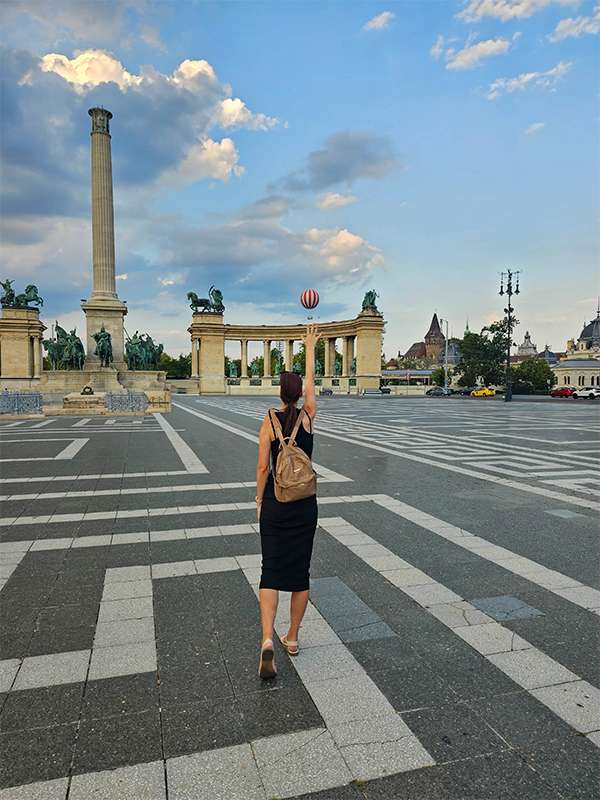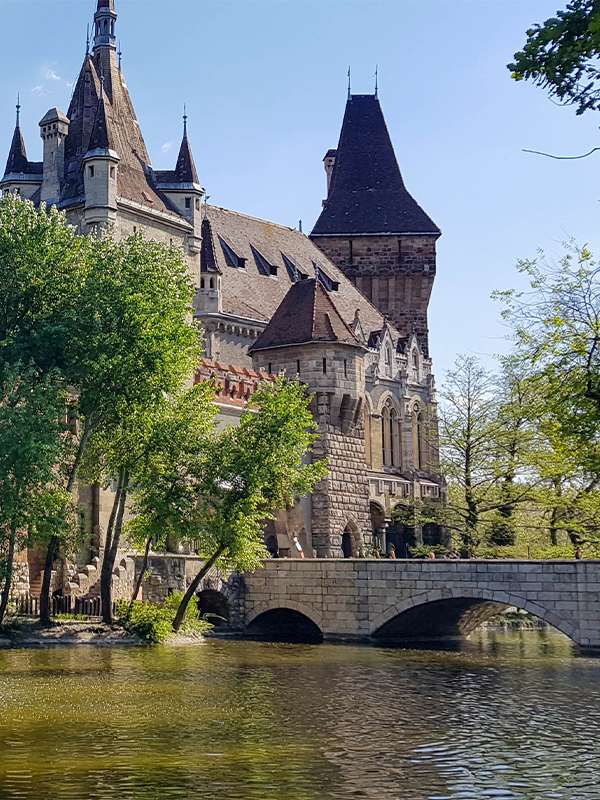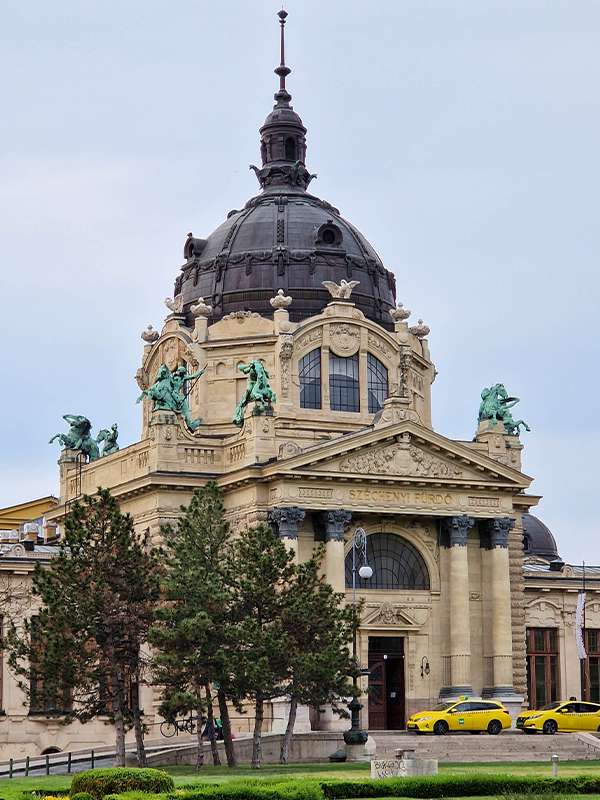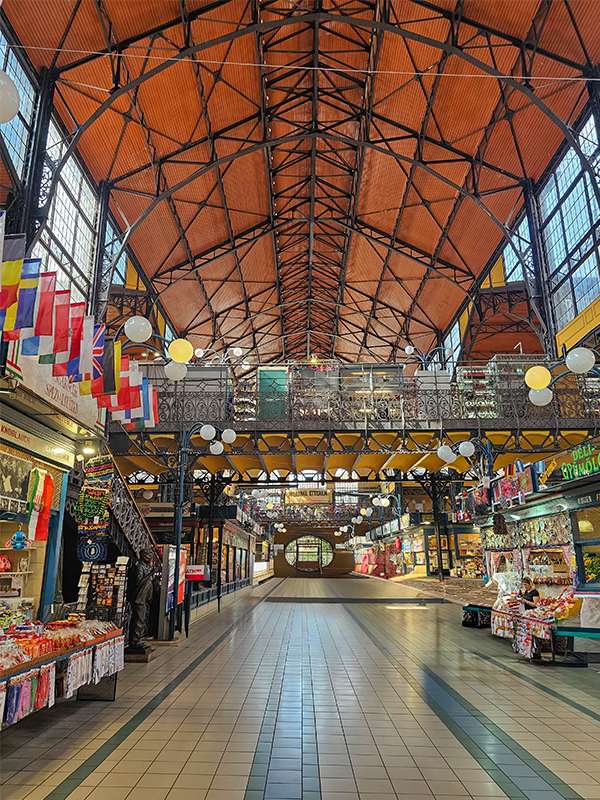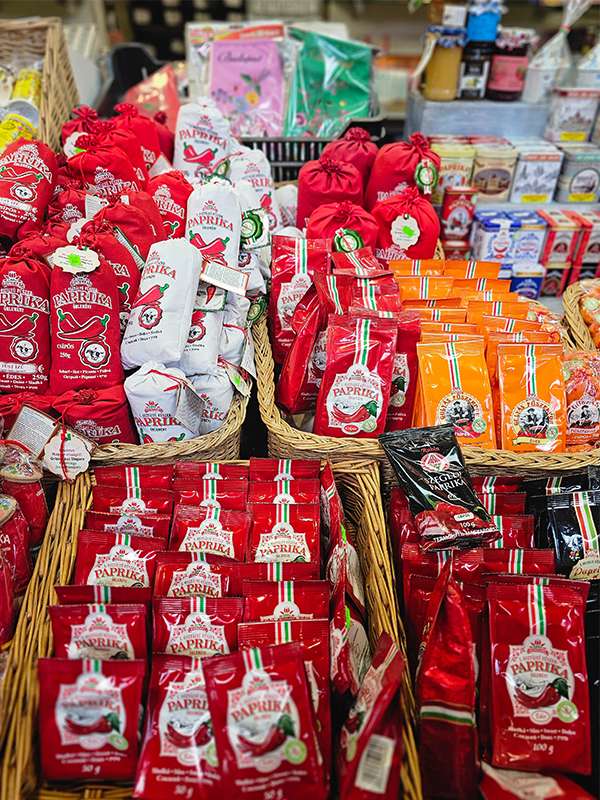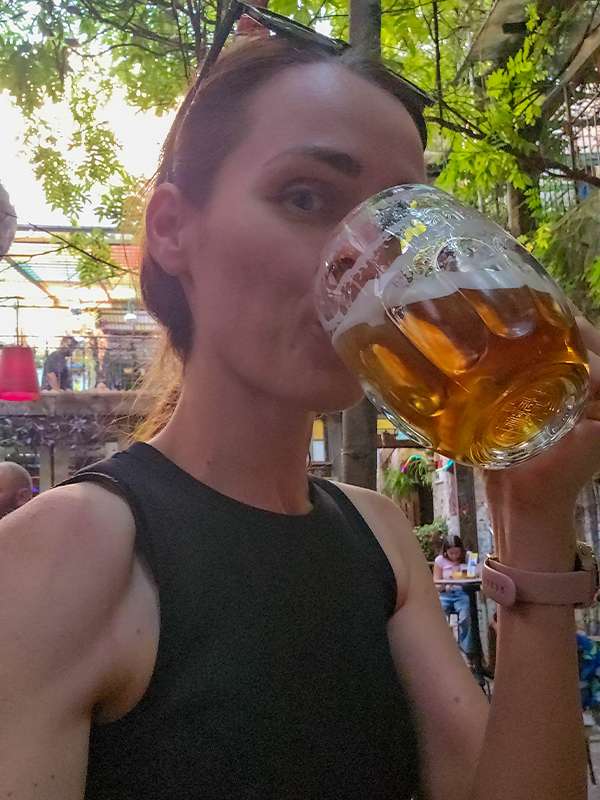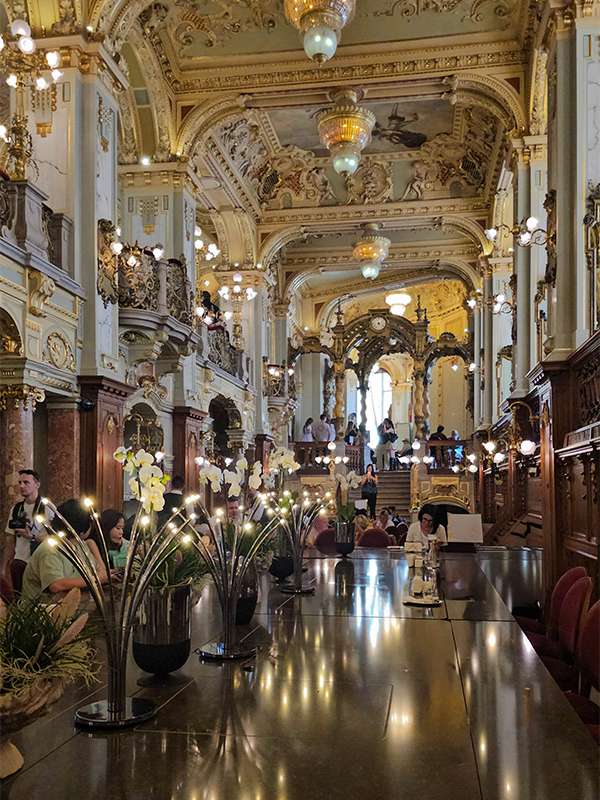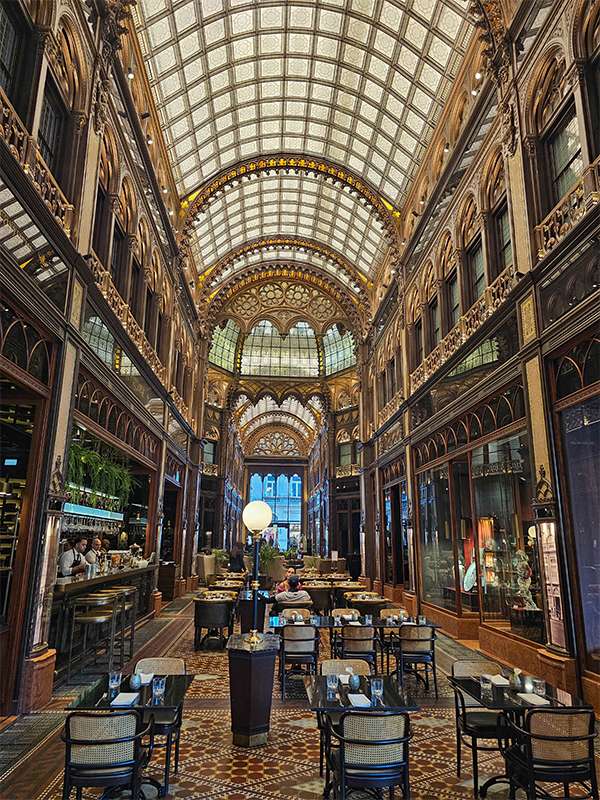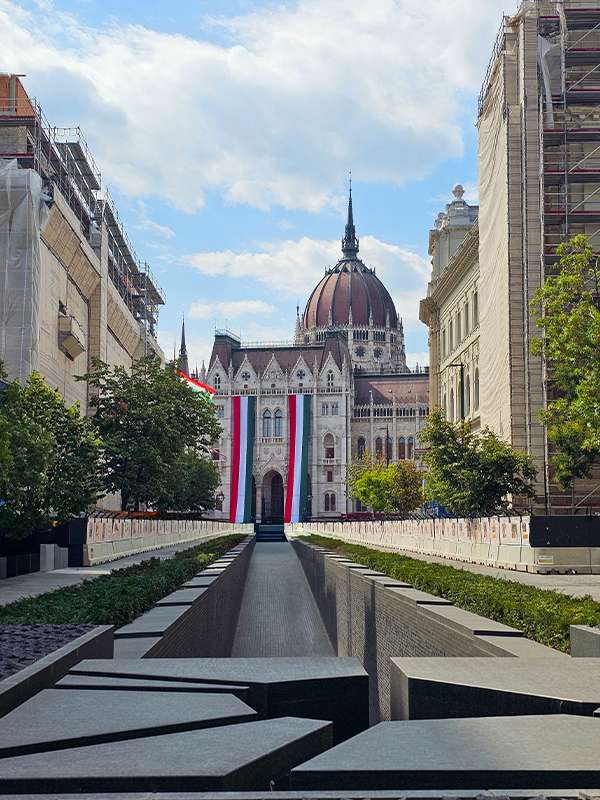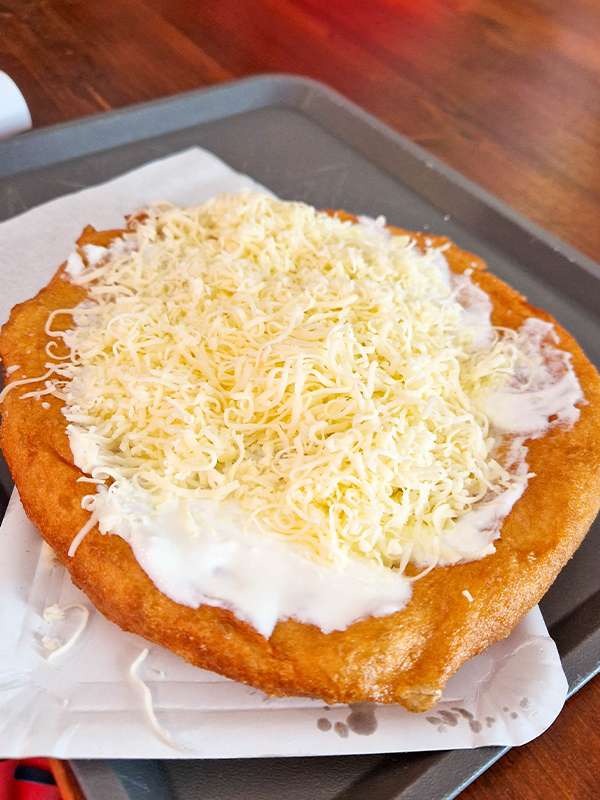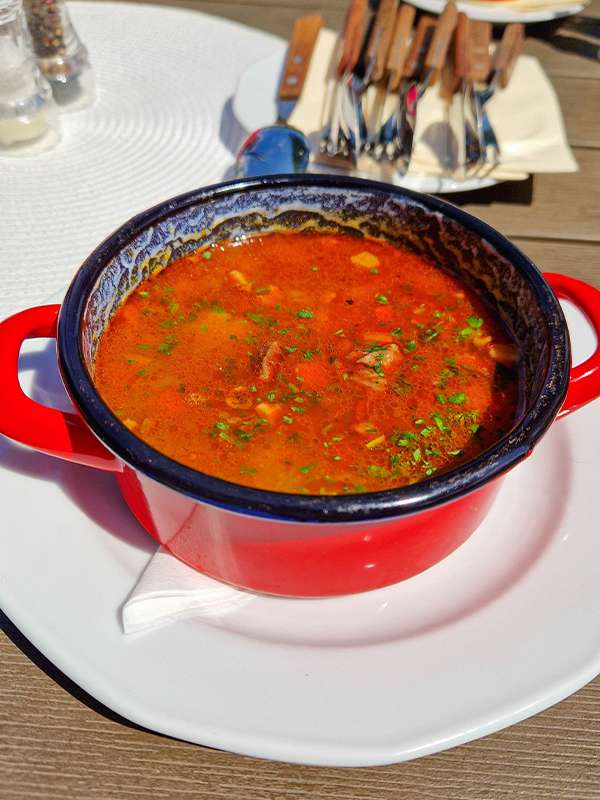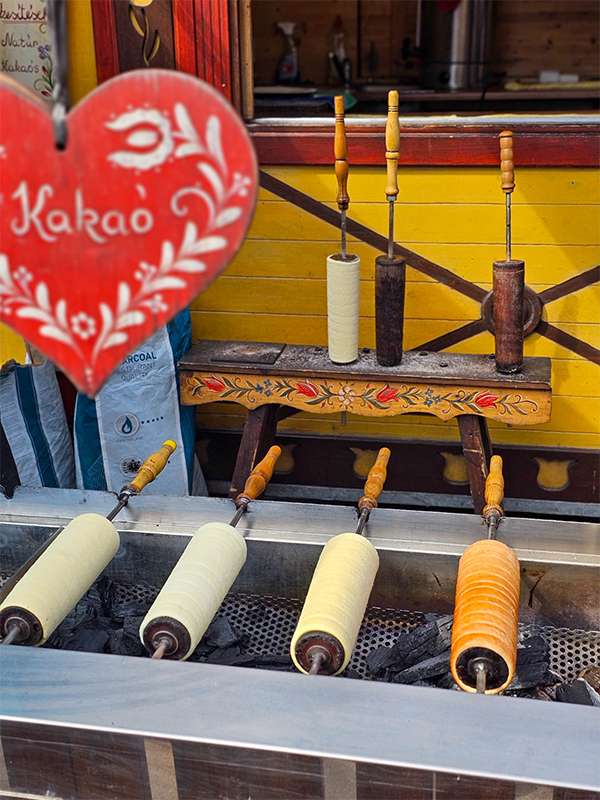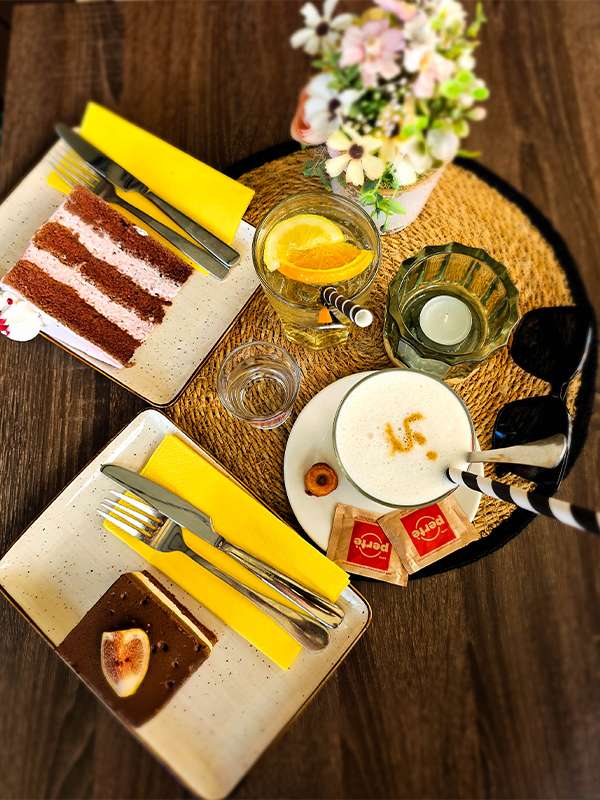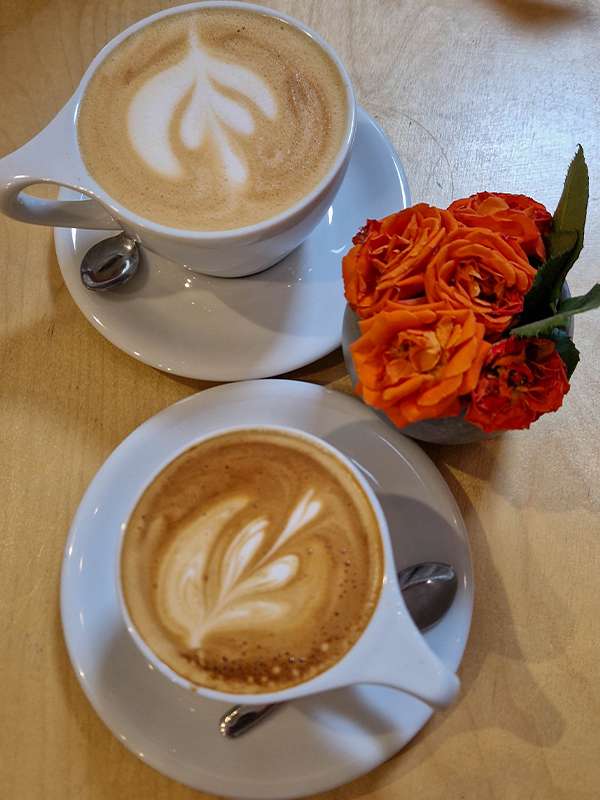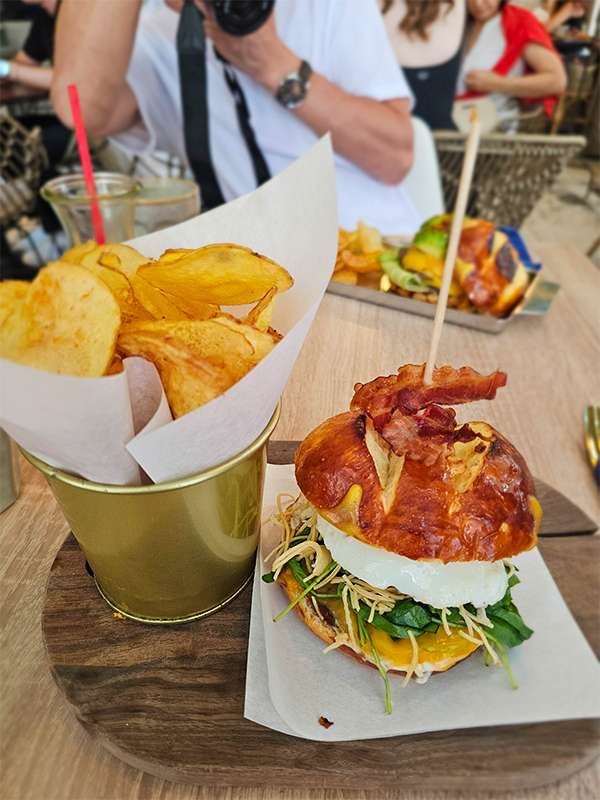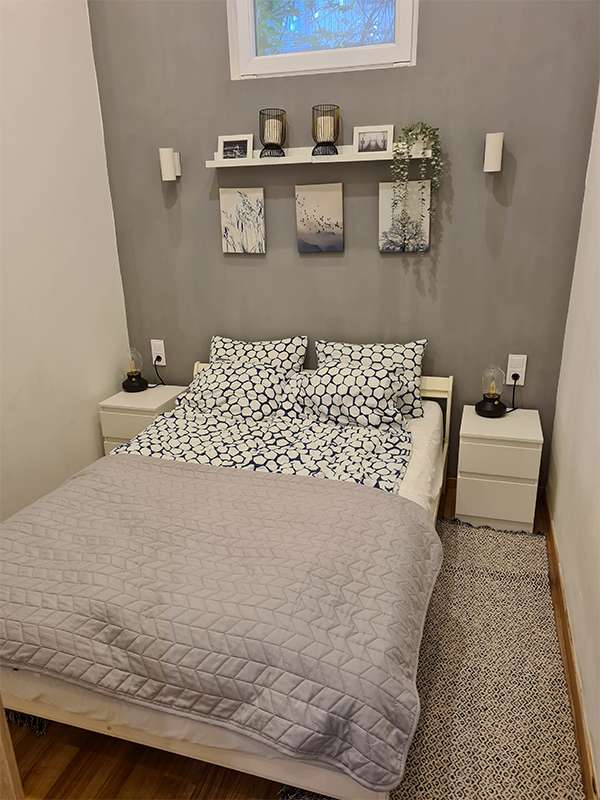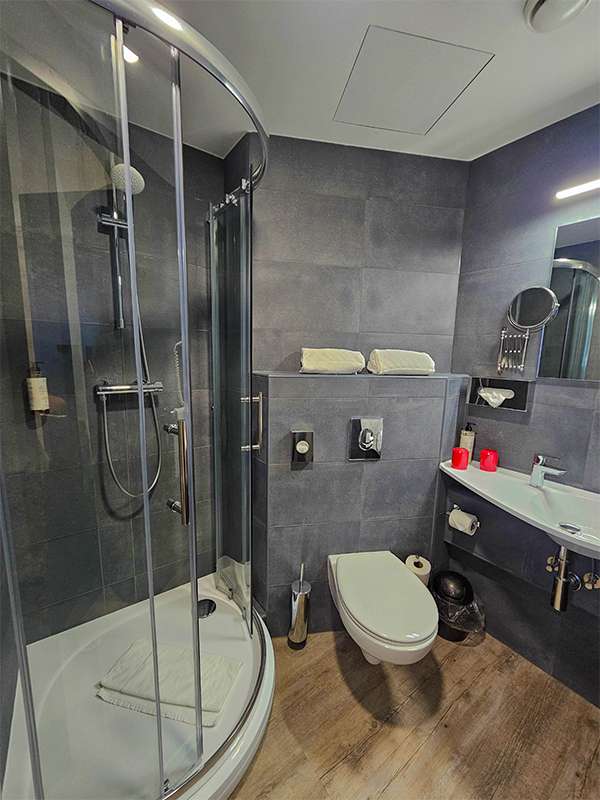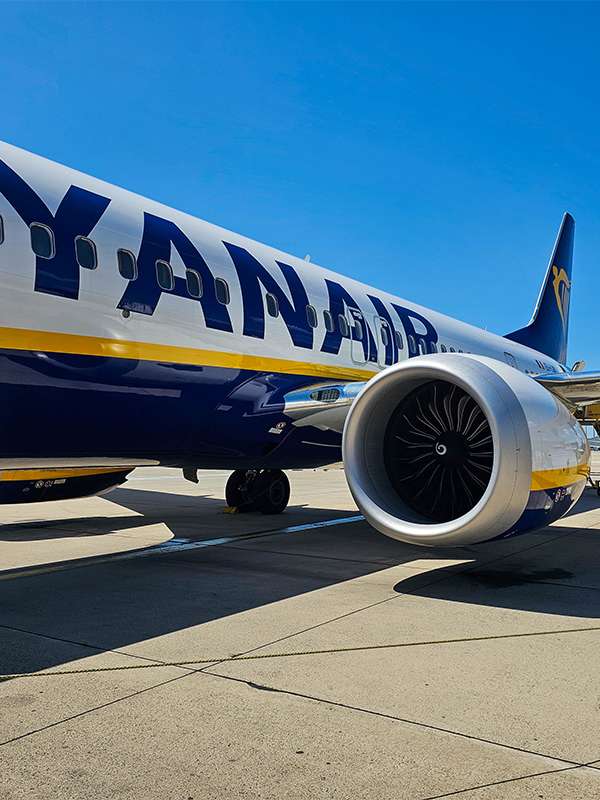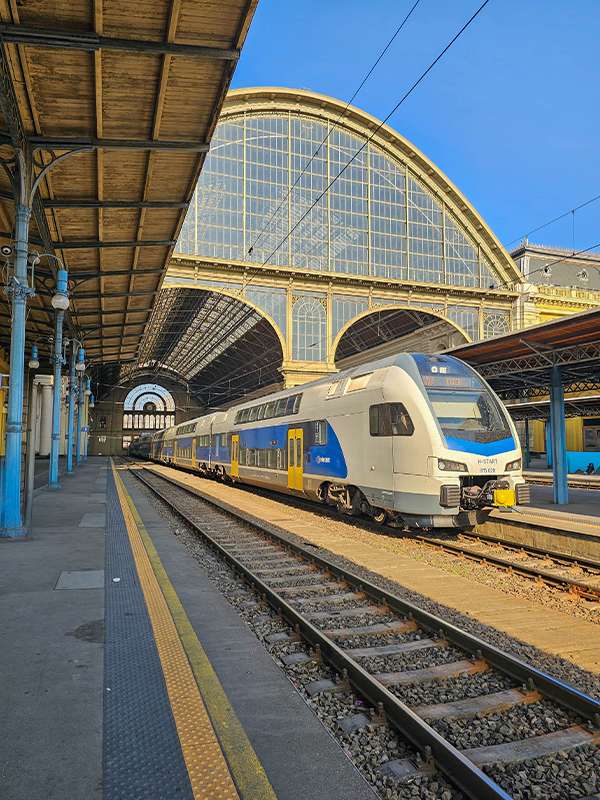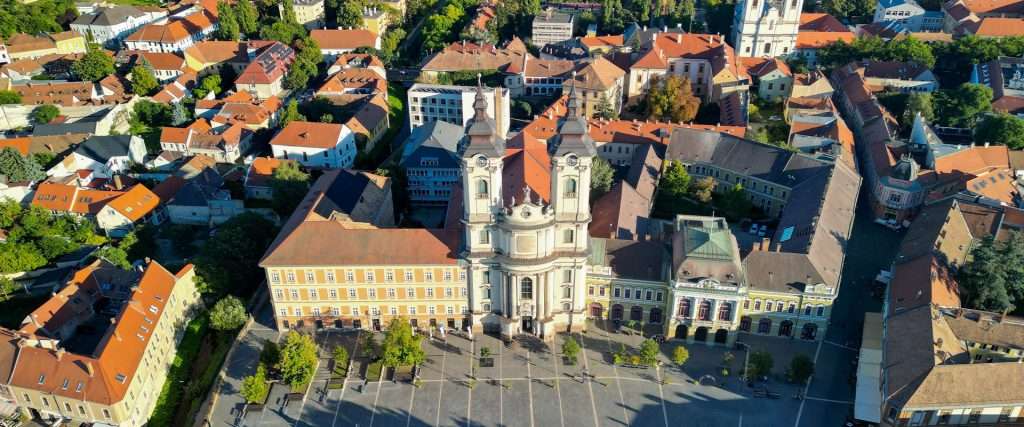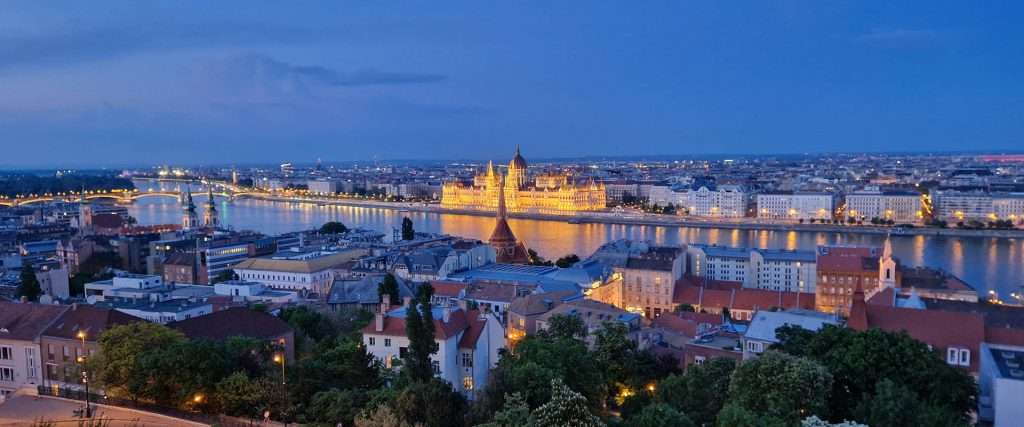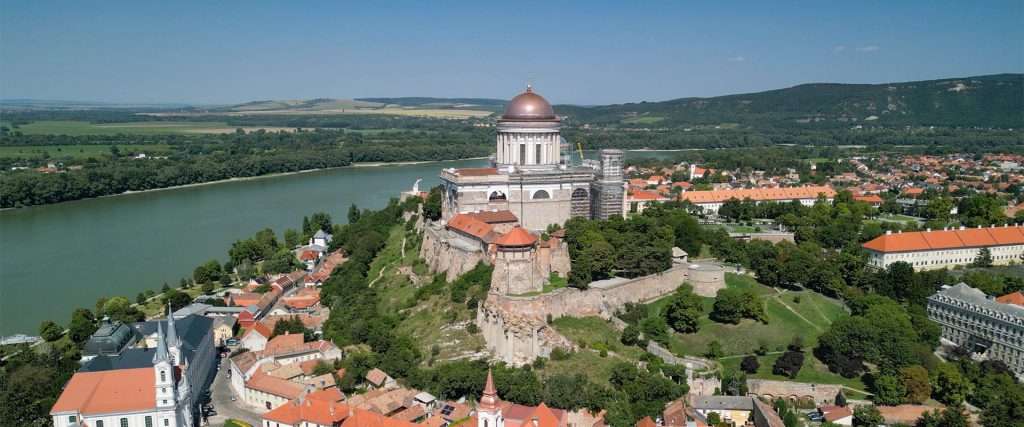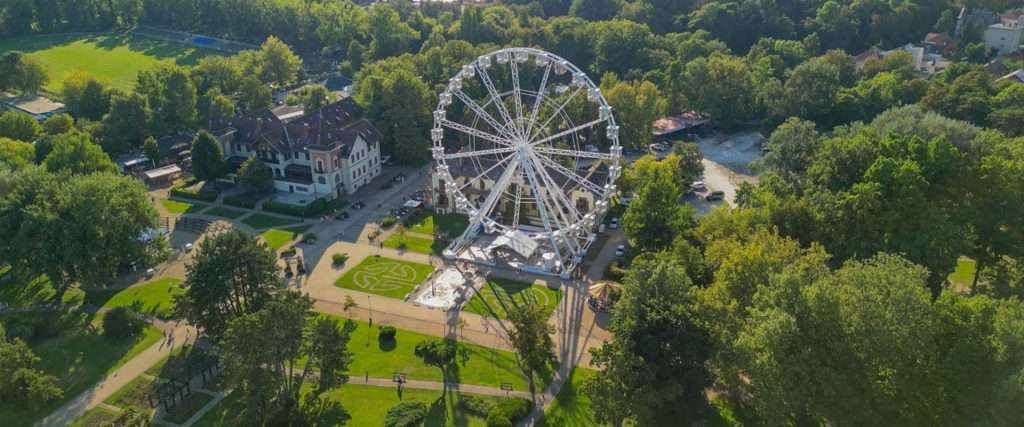The city that never fails to impress. When it comes to things to do in Budapest, the list feels almost endless. With its grand architecture, lively cafés, and famous thermal baths, it’s not only a highlight of Hungary but a true gem of Central Europe. What makes it special is how old and new come together, from elegant 19th-century landmarks to modern ruin pubs full of life.
It has two very different sides. Buda is hilly, historic, and calm, while Pest is flat, lively, and full of energy. Cross one of the bridges and you’ll suddenly find yourself in a completely different world.
As someone born and raised in Hungary, I’ve spent countless days exploring the capital. In this Budapest travel guide, I’ll share both the must-see attractions and a few personal tips to help you experience the city like a local.
Whether you’re here for a weekend getaway or a full week, there’s always more to discover. And if you want to go further, Budapest is the perfect base for day trips to nearby towns like Szentendre, Visegrád, or Esztergom. But first, let’s dive into the very best things to do in Budapest, from world-famous sights to hidden corners you shouldn’t miss.
Did you know?
Budapest sits on top of more than 100 natural hot springs, more than any other capital city in the world. This abundance of thermal water is why it’s often called the “Spa Capital of Europe.” For centuries, people have come here to soak in the healing waters; a tradition you can still experience today in the city’s famous baths.
Top Things to Do in Budapest
Budapest is a city full of contrasts, history, and unforgettable sights. From royal palaces on the Buda side to lively cafés and ruin pubs in Pest, there’s always something to discover. The following are not only some of the must-see sights in Budapest but also a collection of my favourite places to experience as someone who grew up in Hungary.
Let’s start our journey on the Buda side, before crossing the river to explore the vibrant streets of Pest.
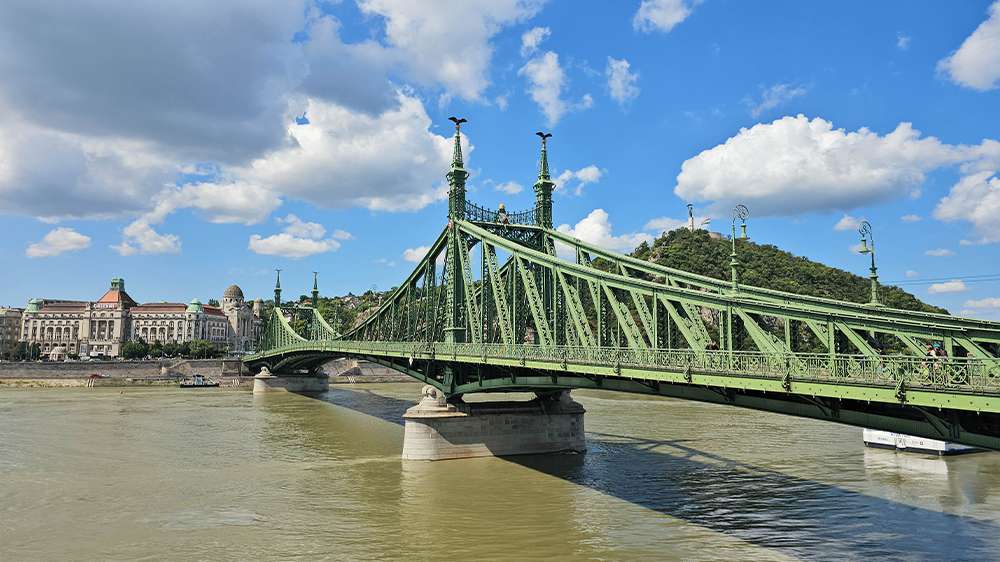
1. Explore Castle Hill in Buda
Cross the Széchenyi Chain Bridge and step into historic Buda. From here, the Castle Hill Funicular carries you up to one of the most important UNESCO World Heritage sites in Hungary. This area brings together history, architecture, and some of the best views in Budapest.
Buda Castle
At the heart of Castle Hill lies the Buda Castle complex, once the residence of Hungarian kings. Today, the grand building is home to the Hungarian National Gallery and the Budapest History Museum. Even if you don’t step inside, the courtyards, terraces, and fountains are worth exploring. The castle has been rebuilt many times after wars and sieges, yet it still stands as a symbol of the city’s resilience.

Hungarian National Gallery
Inside the castle, the Hungarian National Gallery showcases centuries of art, from medieval altarpieces to modern works. Its collection tells the story of Hungarian identity through painting and sculpture. The gallery also has one of the best viewpoints in the castle: climb to the dome for sweeping views of Pest and the Parliament across the river.

Fisherman’s Bastion
Just a short walk from the castle, the Fisherman’s Bastion looks like something out of a fairy tale. Built in the 19th century in neo-Romanesque style, it offers some of the most iconic views in Budapest. The seven towers represent the seven Magyar tribes who founded Hungary. Despite its medieval appearance, it was never built for defence. Instead, it was designed as a decorative lookout terrace.
Most of the bastion is free to explore, but the upper level requires a small entry fee. For the latest ticket information and opening hours, check the official site.
Matthias Church
Standing proudly beside the bastion, Matthias Church is one of the most famous and beautiful churches in Hungary. Its colourful tiled roof, gothic spires, and ornate details make it instantly recognisable. The church has hosted royal coronations, weddings, and even served as a mosque during the Ottoman occupation.
Inside, the painted walls and stained-glass windows are breathtaking. The church is also known for its excellent acoustics and sometimes hosts classical concerts. For opening hours and ticket details, check the official site.
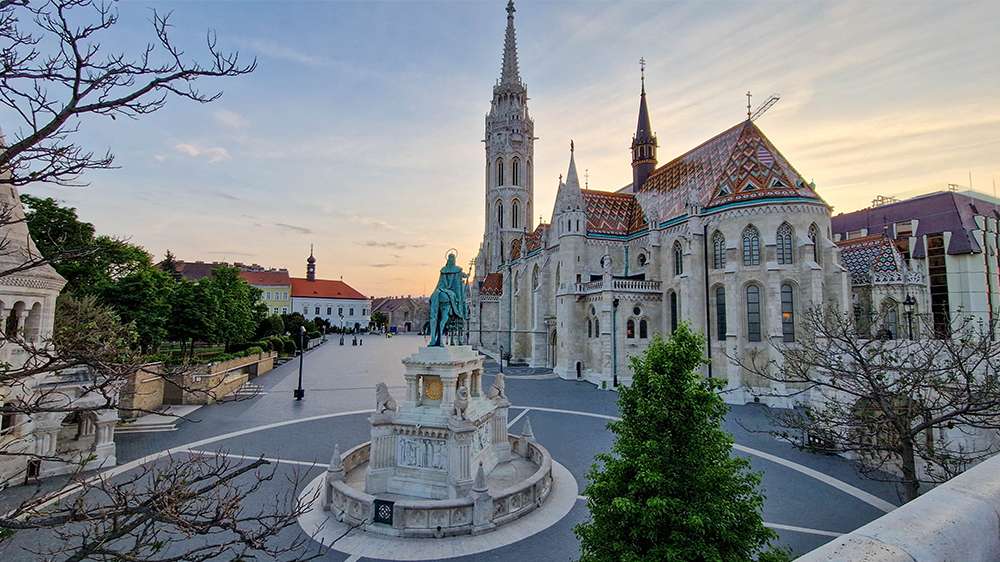
2. Climb Gellért Hill for Panoramic Views
For one of the best views in Budapest, make your way up Gellért Hill, which rises about 235 metres above the Danube. The climb can feel steep in parts, but it’s absolutely worth it, especially at sunset when the city glows in golden light.
At the top, you’ll find the Liberty Statue, a symbol of freedom, along with several viewpoints that open up to breathtaking panoramas of both Buda and Pest. It’s a favourite spot for photographers and anyone who wants to see the capital from above.
You can either hike up on foot through leafy paths or take Bus No. 27, which drops you closer to the top. For the best route, check the official BKK website or app before you go.
Tip: Bring water, a hat, and sun protection in summer as the climb can get hot and there are very few kiosks on the way up.
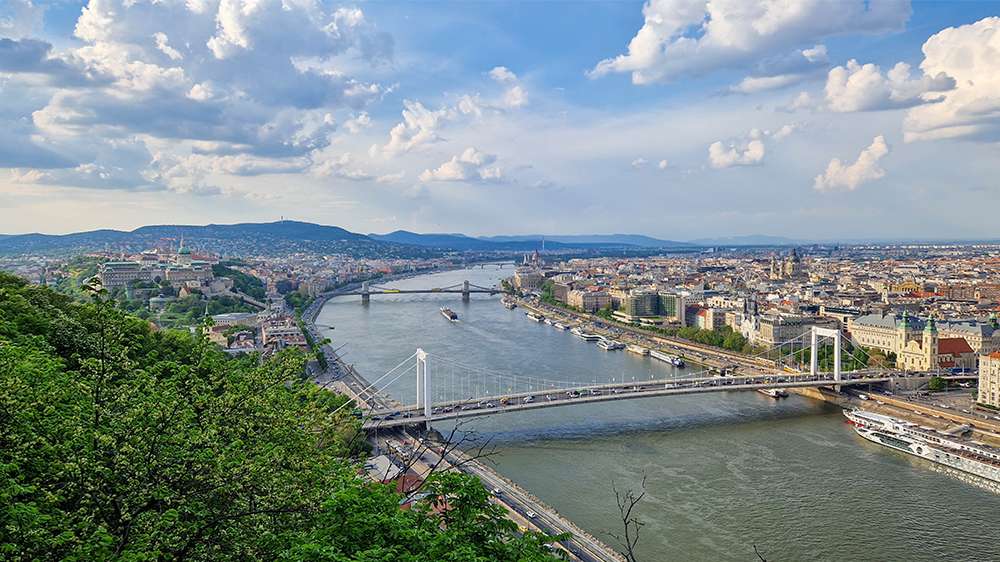
3. Relax in Budapest’s Famous Thermal Baths
No trip to Budapest is complete without visiting its famous thermal baths. Beneath the city flows an endless supply of natural hot springs, which have shaped local life for centuries, from the Romans to the Ottoman era. Taking a dip here is more than just relaxation; it’s a Hungarian tradition and one of the most unique things to do in Budapest.
Spend a morning soaking in the outdoor pools of Széchenyi Bath (most touristy), the largest and most popular spa in the city. Over in Buda, admire the art nouveau beauty of Gellért Bath, or head to Rudas Bath (my favourite), where you can relax in a rooftop pool with sweeping Danube views.
Tip: Always shower before entering the pools and bring swimwear, as locals take etiquette seriously. If you want to avoid the biggest crowds, visit early in the morning on weekdays.
For further information on tickets, booking, and special services, like beer spas, massage treatments, or late-night bath parties, check the official site of Szechenyi Bath.
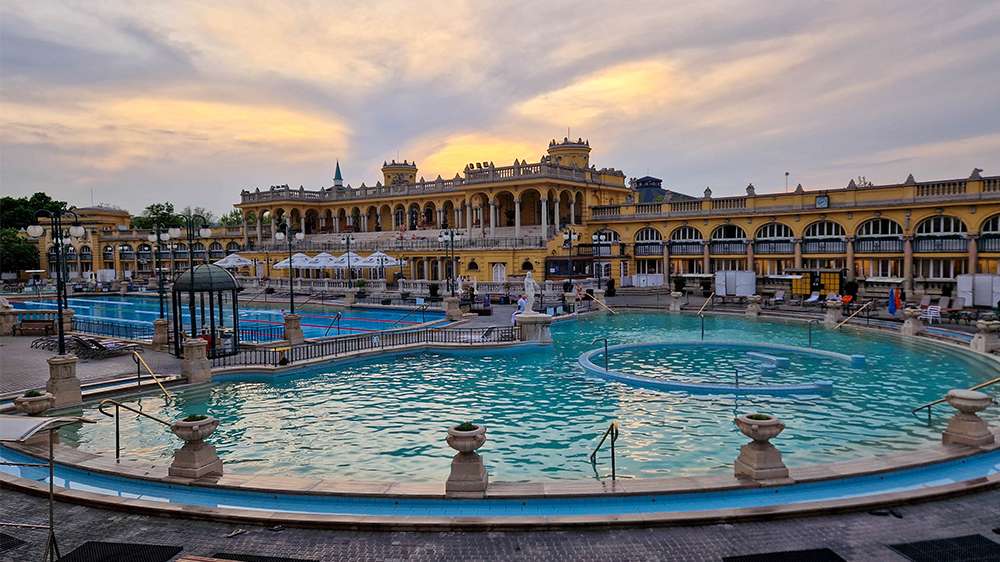
4. Walk across the Széchenyi Chain Bridge
The Chain Bridge isn’t just a way to cross the Danube. It’s one of the most important symbols of Budapest. Opened in 1849, it was the first permanent bridge to connect Buda and Pest, laying the foundation for the city’s unification. At the time, it was considered one of the great engineering achievements of Europe.
The project was initiated by Count István Széchenyi, known as “the Greatest Hungarian,” who dreamed of linking the two sides of the river. The bridge was designed by the English engineer William Tierney Clark and built under the supervision of Scottish engineer Adam Clark (no relation, just a coincidence!). The square on the Buda side, right by the bridge, is named Clark Ádám tér in his honour. Today, the modern Clark Hotel stands there, connecting the historic bridge to the lively city beyond.
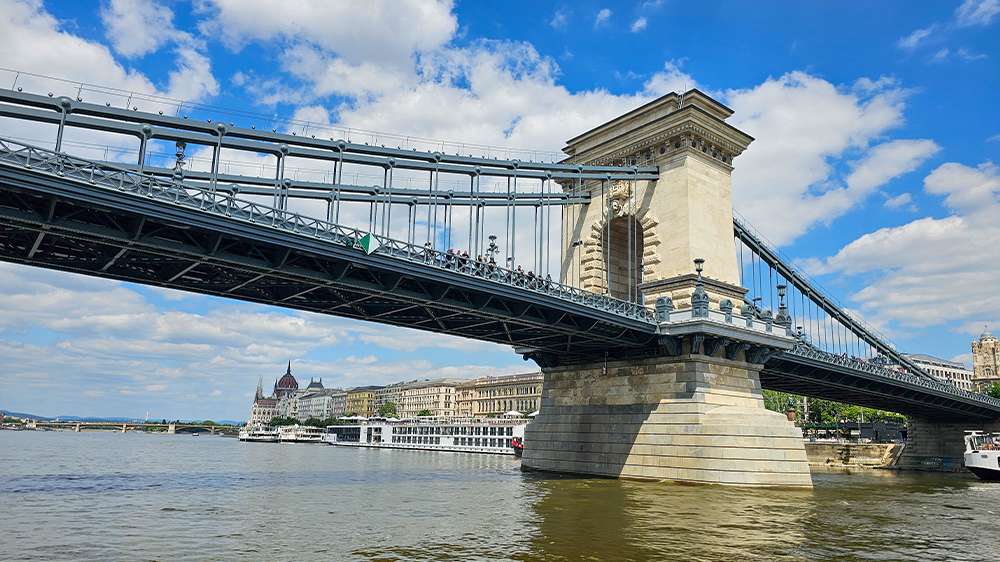
Its lion statues, stone arches, and suspension chains have made the Chain Bridge one of the most photographed landmarks in Budapest. Walking across the Chain Bridge is one of the most memorable things to do in Budapest. By day, it offers sweeping views of the Parliament, Castle Hill, and the Danube. By night, the bridge glows with lights, making it a magical spot for an evening stroll.
Tip: Look out for the lion statues guarding each side of the bridge. Local legend says the sculptor forgot to carve their tongues, but in reality, they’re just hidden from below!
5. See the Iconic Parliament Building Up Close
The Hungarian Parliament Building is one of the most recognisable landmarks in Budapest, and also one of the largest parliament buildings in the world. Designed by Imre Steindl, it was completed in 1904 in a striking neo-Gothic style, with Renaissance and Baroque influences. Sadly, Steindl went blind before its completion and never saw his masterpiece finished.
The best views are from across the river in Buda or while taking a Danube River cruise, especially at night when the building is beautifully lit. If you’d like to see inside, you can join a guided tour, which takes you through the grand staircases, gilded halls, and the chamber where Hungarian politics happens today.
Just a short walk away, stop at the Shoes on the Danube Bank memorial. This moving site honours the Jewish victims who were executed here during WWII and is one of the most important memorials in the city.
Tip: Tours sell out quickly, especially in summer, so book online in advance through the official Parliament website.
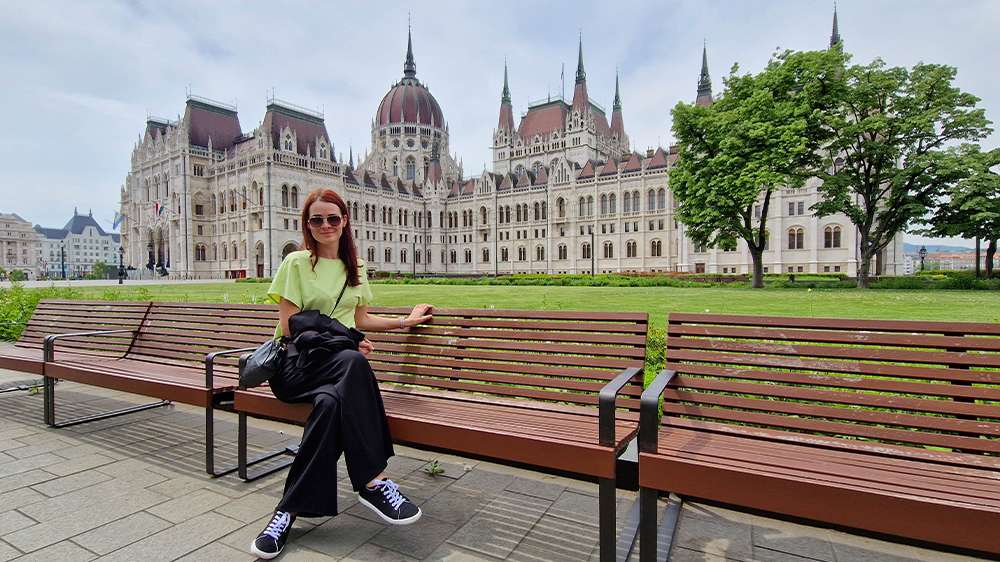
6. Take a Danube River Cruise
The Danube is the heart of Budapest, and seeing the city from the water is one of the absolute must-do activities. Whether you cruise by day or at night, the views of the capital’s landmarks are unforgettable.
That said, nothing compares to an evening cruise. As the lights come on, the Parliament Building, Buda Castle, and the city’s bridges (Margaret Bridge, Chain Bridge, Elisabeth Bridge, and Liberty Bridge) glow against the night sky. With a glass of bubbly in hand, it feels truly magical.
Tip: There’s a wide range of options, from simple sightseeing cruises to dinner cruises with live music. Book in advance to find the style that suits you best.
7. Ride the Historic Tram No. 2
Running along the Danube on the Pest side, Tram 2 is one of the most popular rides for visitors. It passes the Parliament, riverbanks, and bridges, offering great views for the price of a regular tram ticket. It’s a budget-friendly way to see the city and a favourite among locals too.
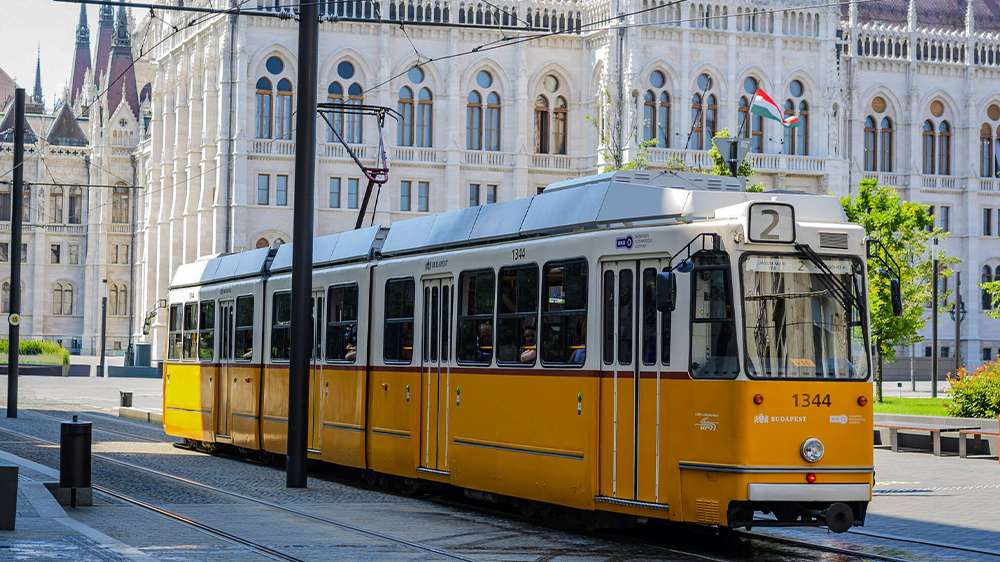
8. Step Inside St. Stephen’s Basilica
One of Budapest’s most famous landmarks, St. Stephen’s Basilica, is just as impressive inside as it is from the outside. The church is named after Hungary’s first king, St. Stephen, and inside you can see his mummified right hand, known as the Holy Right, kept as a relic in a special chapel.
Don’t miss the chance to climb (or take the lift) up to the dome, where panoramic views stretch over Pest’s rooftops and across the Danube to Buda. It’s one of the best city viewpoints, especially on a clear day.
9. Walk Along Andrássy Avenue & Heroes’ Square
Take a stroll down Andrássy Avenue, a grand boulevard and UNESCO World Heritage site. It’s lined with elegant 19th-century mansions, cafés, and designer shops, and is often compared to Paris’s Champs-Élysées. Along the way, stop at the Hungarian State Opera House, a masterpiece of neo-Renaissance architecture. Even if you don’t attend a performance, it’s well worth booking a guided tour to see its lavish interior.
At the end of the avenue, you’ll arrive at Heroes’ Square, one of the city’s most important landmarks. Its Millennium Monument, built in 1896 to mark Hungary’s 1,000th anniversary, is surrounded by statues of national leaders and heroes. It’s a striking spot for photos and a place that tells Hungary’s story through its history and figures.
10. Explore Városliget (City Park)
Right behind Heroes’ Square lies Városliget (City Park), one of Budapest’s favourite green spaces. Here you’ll find the fairy-tale-like Vajdahunyad Castle, originally built for the 1896 Millennium Exhibition and now home to the Museum of Hungarian Agriculture. The park is also home to the Budapest Zoo and the famous Széchenyi Thermal Bath.
It’s a lively spot where history, culture, and relaxation come together, making it a great place to spend a few hours away from the busy city centre.
Just next to Heroes’ Square, you’ll also find the Museum of Fine Arts, home to one of Hungary’s most important art collections.
Did you know? In Városliget, you can even take a ride on the BalloonFly Budapest. From a height of 150 metres, you’ll get a completely new perspective of the city, with views over Széchenyi Bath, Heroes’ Square, and on clear days even as far as the snow-capped Tatra Mountains.
11. Shop and Taste at the Central Market Hall
Opened in 1897, the Great Market Hall is the oldest and largest indoor market in Budapest. Covering over 10,000 m² across three floors, it’s a historic landmark as well as a lively spot to experience local culture.
On the ground floor, you’ll find stalls piled high with paprika, salamis, fresh produce, and local cheeses, while upstairs is filled with handicrafts and souvenirs. The basement houses fishmongers and pickled specialities. It’s colourful, bustling, and a favourite stop for both locals and visitors (we really loved it too!).
It’s the perfect place to try Hungarian street food like lángos, but for more traditional dishes such as goulash, chicken paprikash, or fish soup (halászlé), you’ll have a much better experience in restaurants around the city.
For more about what to eat in Budapest and where to try it, check the “Where to Eat” section below.
12. Escape to Margaret Island
In the middle of the Danube lies Margaret Island, our favourite place in all of Budapest. It’s calm, green, and feels like a sanctuary right in the heart of the city. Away from the hustle and bustle, the island is vast and full of leafy paths with amazing views of both Buda and Pest.
You can walk, jog, run, or cycle here, making it a perfect spot for families with kids as well as anyone needing a peaceful break. Locals often come for picnics or to relax in the open-air pools. Don’t miss the musical fountain, the rose gardens, and the quiet walking trails that criss-cross the island.
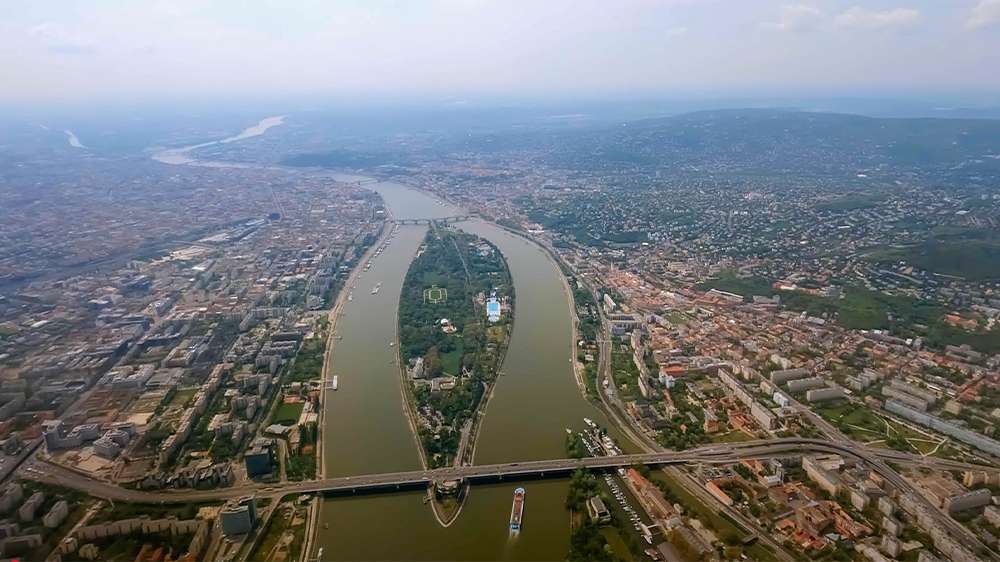
13. Find Hidden Gems in the Jewish Quarter
The Jewish Quarter is one of the most vibrant areas in Budapest, where history meets modern city life. At its heart is the Dohány Street Synagogue, the largest in Europe with its Moorish-style domes. Inside, you’ll find a museum, a Holocaust memorial, and a small cemetery that tells part of Hungary’s Jewish history.
Beyond the synagogue, the neighbourhood is full of street art, cafés, and boutique shops. It’s also the centre of Budapest’s nightlife, from quirky ruin pubs to stylish cocktail bars. For a taste of the modern side, stop at Mazel Tov, a trendy Middle Eastern restaurant set in a lush ruin-style space.
Other notable synagogues here include the Rumbach Street Synagogue and the Kazinczy Street Synagogue, both worth a visit if you want to dive deeper into the area’s Jewish heritage.
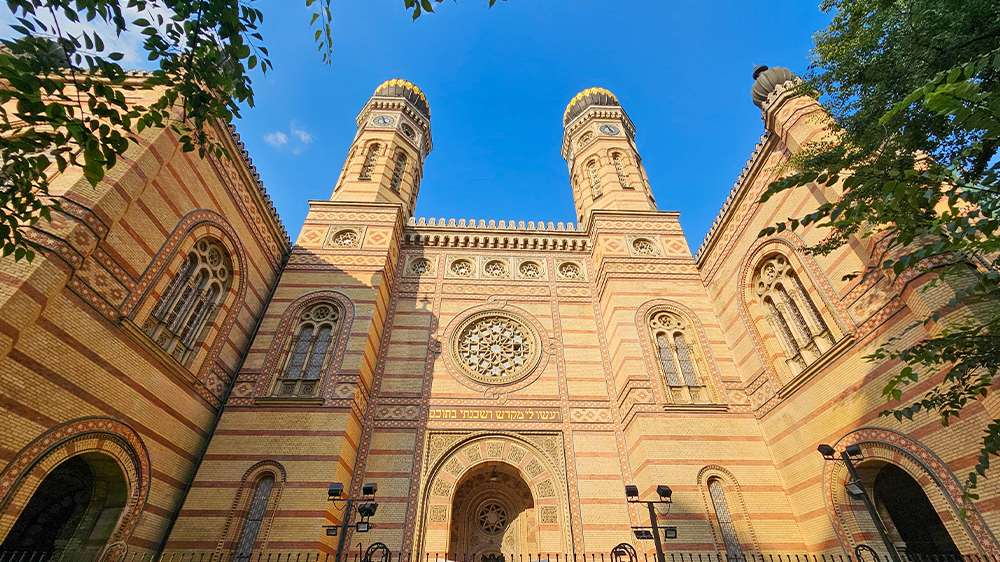
14. Discover Budapest’s Ruin Pubs and Rooftop Bars
The city is famous for its nightlife, and visiting a few bars is one of the best things to do in Budapest. The city’s ruin pubs are unique: quirky bars set in old, abandoned buildings, filled with mismatched furniture and street art. The original and most iconic is Szimpla Kert, a favourite with both locals and tourists.
If you prefer something more stylish, head to the city’s rooftop bars. Here you can sip cocktails with panoramic views over Budapest. Top spots include 360 Bar, High Note SkyBar, and the elegant White Raven Skybar & Lounge. You’ll also find great bars around Deák Ferenc Square, where the lively atmosphere is paired with views of the giant Ferris wheel overlooking the city.
15. Experience Budapest’s Café Culture
Budapest’s grand cafés are famous worldwide and among the most popular spots for visitors. The New York Café is the most iconic, with its stunning architecture, chandeliers, and an atmosphere that has made it an Instagram favourite. If you’re looking for a slightly less crowded alternative, consider the elegant Parisi Passage Café, which is equally beautiful but comes with a higher price tag.
Both are more about the experience and photo opportunities than the coffee itself. At the same time, lots of new speciality cafés are popping up across Pest, perfect if you want to taste something different. Local favourites include Espresso Embassy and Madal Café, both known for excellent coffee and a more modern vibe.
16. Join a Free Walking Tour with a Local
One of our favourite ways to explore a new city is by starting with a free guided walking tour, and Budapest is no exception. It’s the perfect introduction to the capital’s main sights and stories, led by locals who share history, legends, tips and personal insights you won’t find in guidebooks.
Our tour covered St. Stephen’s Basilica, the Parliament, Vorosmarty Square, the Danube Promenade and more, giving us a great overview before heading out to explore on our own. At the end, you’re free to tip your guide what you feel the tour was worth.
While there’s so much more to see and do in Budapest, the places above give you a solid picture of the city’s must-see sights and attractions. If you’re a tourist in Budapest or simply planning a trip, these highlights are the perfect starting point. Depending on how much time you have, you can pick a few favourites or dive deeper and explore them all. Either way, travelling to Budapest promises plenty of unforgettable experiences, trust me on that!
Where and What to Eat in Budapest
Are you wondering where to find the best cafés, restaurants and bars in Budapest, and what dishes to try? The city has an incredible food scene, and the range of options can feel overwhelming. To make it easier, here are some Hungarian classics, sweet treats, and local drinks you shouldn’t miss during your visit.
Traditional Hungarian Dishes
Hungarian food is hearty, rich, and full of flavour. Make sure to try:
- Goulash soup: the most famous national dish (Gettó Gulyás, Goulash & Langos Bar)
- Chicken paprikash: creamy and comforting, served with dumplings (my fav dish!)
- Lángos: fried bread with sour cream, cheese, or garlic (Retro Langos Budapest)
- Fish soup (halászlé): usually made with carp
- Stuffed cabbage: a winter favourite, filled with meat and rice
Desserts to Try
Hungary is just as famous for its sweets. Popular choices include:
- Chimney cake (kürtőskalács): sweet, spiral pastry baked over an open fire (Molnár’s kürtőskalács)
- Krémes: creamy custard slice (sooo good!)
- Dobos cake: layered sponge with chocolate buttercream and caramel top
- Somlói galuska: sponge cake with chocolate sauce, cream, and nuts
Drinks
Hungarians love their drinks strong and flavourful. Try:
- Pálinka: a traditional fruit brandy, you’ll find in different flavours (plum, apricot, pear, apple, cherry)
- Tokaji Aszú: world-famous Hungarian sweet wine (DiVino Wine Bar)
- Zwack Unicum: a herbal liqueur, a true Hungaricum (Zwack Unicum Museum)
International Cuisine
If you’re craving something different, Budapest also shines with international flavours. Popular spots include Mazel Tov and Dobrumba for Middle Eastern food, Italian pizzerias (Belli di Mamma), burger places (Bamba Marha Burger) and a growing number of Asian fusion restaurants (WAFU RAmen Bar). There’s something for every taste and budget.
Cafés, Brunch Spots & Rooftop Bars in Budapest
- Cafés: Espresso Embassy, Madal Café, New York Café, Parisi Passage Café
- Brunch Spots: Cirkusz, Double Shot, Horizont
- Rooftop Bars: 360 Bar, High Note SkyBar, White Raven Skybar & Lounge
- Ruin Pubs: Szimpla Kert, Instant-Fogas
Where to Stay in Budapest
Choosing the right area makes all the difference when visiting Budapest. If you want history and calm, stay on the Buda side near Castle Hill. For nightlife, cafés, and easy access to Budapest attractions, the Pest side is the best choice, with the Jewish Quarter and the city centre being especially popular.
We stayed in the historic centre, which made everything easy to explore on foot. If you’re visiting for a short trip, staying centrally is your best option.
Here are some of the best options for hotels in Budapest:
- Luxury: Four Seasons Gresham Palace, Hilton Budapest (Castle District), Hotel Clark Budapest (by the Chain Bridge)
- Mid-range: Hotel Oktogon
- Affordable: Dormero Budapest
- Budget travellers: plenty of hostels in Budapest, especially around the Jewish Quarter
- Airbnb is also available, though it’s becoming more regulated in the city
How to Get to and around Budapest
Getting to Budapest
- By Air: Most visitors arrive through Budapest Ferenc Liszt International Airport (BUD). It’s 30 minutes from the city centre. You can reach downtown by airport bus 100E, shuttle, taxi, or Bolt
- By Train: Budapest is well-connected to major European cities like Vienna, Bratislava, and Prague. The main stations are Keleti, Nyugati, and Déli
- By Bus: Long-distance buses arrive at Népliget station, with affordable routes from across Central Europe
Getting around Budapest
- Public Transport: Easy and affordable. Use the metro, trams, and buses: a 24-hour or 72-hour pass is the best value. Book your tickets online, via the Budapest GO App or at the ticket offices.
- Trams: Tram #2 runs along the Danube and is often called one of the most scenic rides in Europe
- Taxis & Apps: Always order through Bolt or FoTaxi to avoid scams. Avoid unmarked taxis
- Walking: Many attractions are close together, especially in the city centre
- Cycling: Bike lanes are growing, and you can rent with MOL Bubi, the city’s bike-sharing system
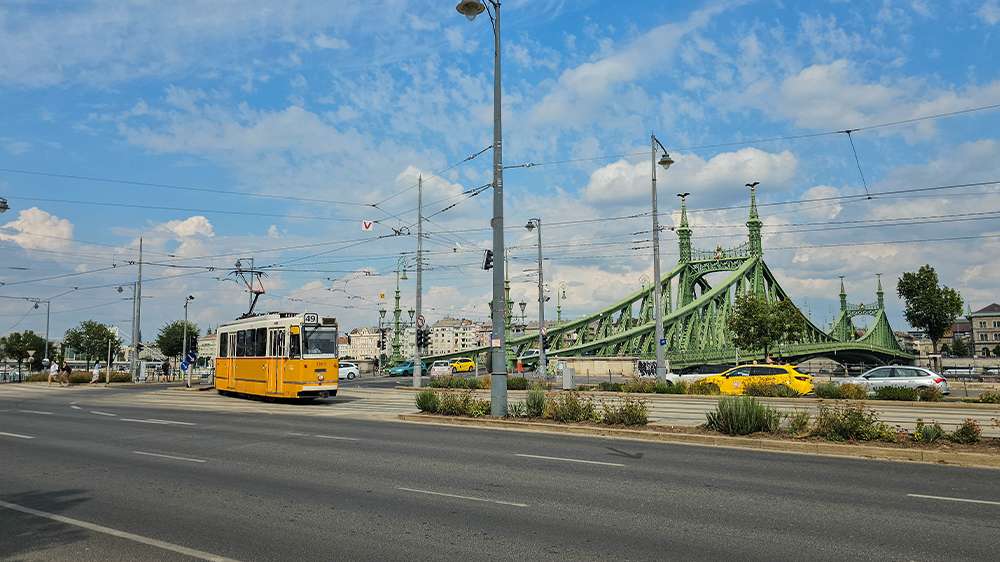
Practical & Budget Travel Tips for Budapest
- Best time to visit: Spring and autumn have the best weather and fewer crowds. Summer can be hot and busy, while winter is colder but great for Christmas markets and thermal baths. April to early June or mid-September strikes the best balance of good weather, affordable prices, and fewer tourists
- How much time: Plan at least 2 full days in Budapest, but the longer you stay, the better you can explore both Buda and Pest, plus day trips
- Money & ATMs: Most places take cards, but carry some cash (HUF) for markets and small cafés. Use Revolut or Monzo for better exchange rates and no extra fees. Also, OTP Bank ATMs for withdrawing money
- Budget: expect to spend around $100 per person/day (low budget), including meals, accommodation, transport, and a tour
- Stay Connected: Grab a prepaid SIM (Telekom, Vodafone) or use an Airalo eSIM for instant data while travelling
- Tap Water: Safe to drink, though it doesn’t taste the best!
- Getting Around: The centre is walkable, and public transport is cheap and reliable. Rent a car for more flexibility, and if you plan trips outside Budapest
- Free Walking Tour: A great way to learn about the city from a local and get an overview before exploring on your own
- Language Tip: Learn a few basics (Szia = hello, Köszönöm = thank you) to connect with locals.
For more details, check my full Hungary Travel Guide with essential info and extra tips
Final Thoughts on Visiting Budapest
If you’re still wondering, is Budapest worth visiting, the answer is a definite yes. The city is full of unique experiences: from soaking in thermal baths and cruising the Danube to exploring Castle Hill, ruin pubs, and rooftop bars. Budapest blends history and modern life in a way that few other capitals can.
If you’re planning a trip to Budapest, this guide gives you a solid starting point with the best things to do, food to try, and practical travel tips. But there’s always more to discover, from day trips along the Danube to hidden cafés and local favourites.
For me, as someone who grew up here, Budapest will always be special, and I’m sure you’ll fall in love with it too.
For more inspiration, don’t miss my other posts:
- 3 Day Budapest Itinerary
- Best Day Trips from Budapest
- Hungarian Food & Drinks Guide
- Hungary Travel Guide
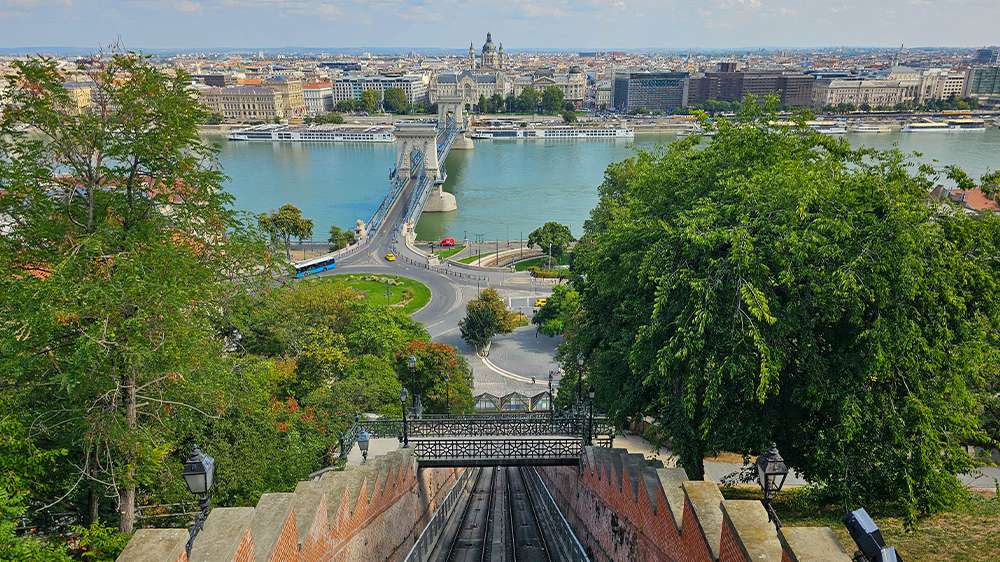
Budapest Map
Get Inspired
Budapest is a city of thermal baths, grand boulevards, and breathtaking views along the Danube. From St. Stephen’s Basilica and the Parliament to ruin pubs and river cruises, this video guide shows the top things to do in Budapest. Whether it’s your first visit or a return trip, get inspired by the must-see attractions that make Hungary’s capital unforgettable.
Hit play to watch our video and start planning your Budapest adventure today!

